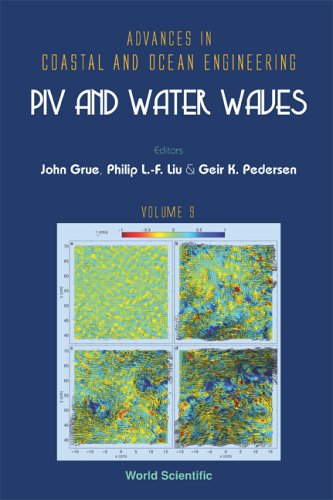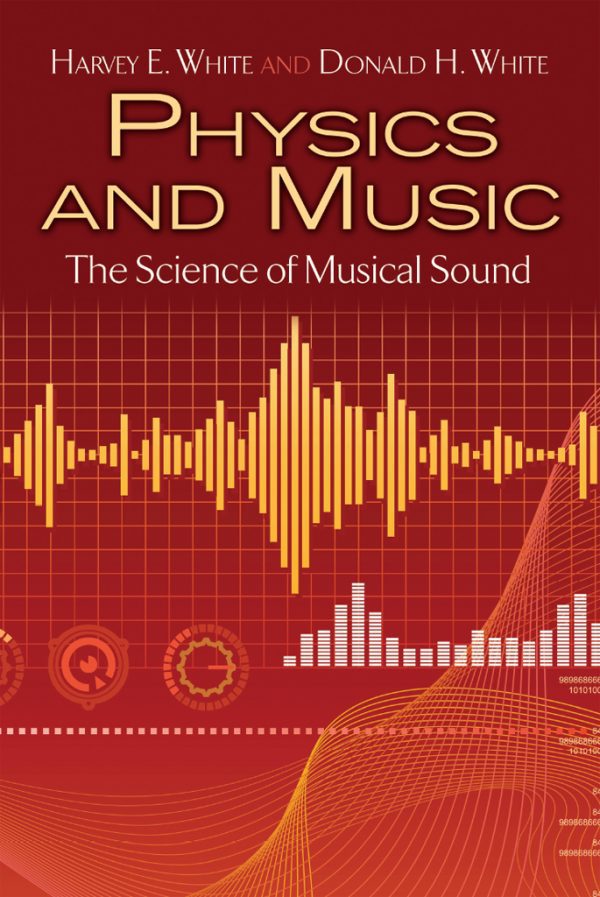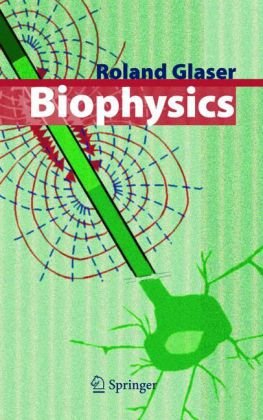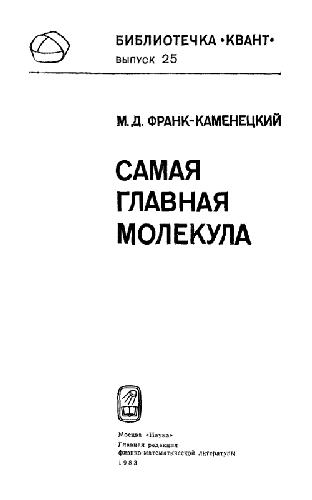John Grue, Philip L. F. Liu, Geir K. Pedersen, Philip L-F Liu9812389148, 9789812389145, 9812389490, 9789812389497
This book has its origins in a meeting on PIV and water waves which was held in Cambridge in 2002. The main body of the book consists of six overview or in-depth articles by invited authors who are specialists in their respective fields, as well as practitioners of PIV. A complete set of abstracts from the meeting is enclosed. The book is well suited for scientists who want to acquaint themselves with current experimental hydrodynamics, as well as for researchers and graduate students who are already working in the field or plan to do so.
Table of contents :
Preface……Page 6
Contents……Page 8
1. Introduction……Page 11
2. Quantitative Imaging Techniques……Page 13
3. PIV — A General Overview……Page 17
4. PIV — The Fundamentals……Page 20
5. PTV……Page 43
6. Higher Order Measurements from Velocity Fields Obtained by QI-Techniques……Page 48
7. Conclusion……Page 55
1. Introduction……Page 61
2. Development of the Submersible PIV System……Page 63
3. Deployments……Page 75
4. Analysis Techniques and Sample Results……Page 76
5. Conclusions……Page 87
1. Introduction……Page 91
2. Experimental Set-Up and Procedures……Page 93
3. Experimental Results and Discussions……Page 96
4. Concluding Remarks……Page 117
1. Introduction……Page 129
2. Overview of PIV techniques……Page 131
3. Recent advances in PIV techniques……Page 139
4. PIV data post processing and uncertainty assessment……Page 143
5. Application of PIV in ship velocity fields……Page 153
6. Conclusions and future directions……Page 182
1. Introduction……Page 191
2. Scalar Exchange Models……Page 196
3. Unsheared Air-Water Interface……Page 201
4. Sheared Air-Water Interface……Page 214
5. Calculation of Gas Transfer Coefficients During Low and Moderate Wind Speeds……Page 239
6. Conclusions……Page 242
1. Introduction……Page 249
2. The experimental wave tank……Page 252
3. Motion along a thin pycnocline……Page 254
4. Solitary waves that break……Page 260
5. Wave-breaking at a submerged ridge……Page 266
6. Wave breaking and run-up at a shelf-slope……Page 271
7. Fish as markers of internal waves……Page 277
8. Fully nonlinear reference models……Page 278
9. Conclusion……Page 282
7.1. PIV Measurements of Accelerations in Water Waves……Page 289
7.2. PIV Measurements of the Velocity Field in Steep Water Wave Events……Page 292
7.3. LDA Laboratory Measurements in the Surf Zone for the RANS Depth-Averaged Shallow-Water Equations……Page 295
7.4. Wave Acceleration Measurements Using PTV Technique……Page 298
7.5. Two-Color LIF-PIV for Gas Exchange at Air-Water Interface……Page 301
7.6. Run-Up of Solitary Waves……Page 304
7.7. DPIV Measurements for Unsteady Deep-Water Wave Breaking on Following Currents……Page 307
8.1. A Digital High Speed Camera System Applied to PIV Measurements in Water Waves……Page 311
8.2. Three-Dimensional Stereoscopic Particle Tracking Velocimetry for a Large Domain (3DSPTV-LD) and Its Application……Page 314
8.3. Enhanced PIV Technique to Investigate Bottom Boundary Layer Dynamics……Page 317
8.4. The Turbulent Boundary Layer Structure Beneath a Gravity Wave and Its Proper Decomposition……Page 321
8.5. Intermittency in Surf Zone Turbulence and Observations of Large-Scale Eddies Using PIV……Page 324
8.6. Turbulence Distributions and Flow Structure in the Coastal Ocean from PIV Data……Page 327
9.1. Blocking Effects in Supercritical Flows Over Topography……Page 331
9.2. Study of the Flow Pattern in a Perforated Breakwater Using PIV Measurements……Page 334
9.3. Pseudo Image Velocimetry of a Regular Wave Flow Near a Submerged Breakwater……Page 337
9.4. Laboratory Modelling of the Motion of an Internal Solitary Wave Over a Ridge in a Stratified Fluid……Page 340
9.5. Measurements of Velocities During Run-Up of Long Internal Waves on a Gently Sloping Beach……Page 344
9.6. Comparison of Modelling of Strong Internal Wave Events with PIV Studies of the Phenomenon……Page 347







Reviews
There are no reviews yet.